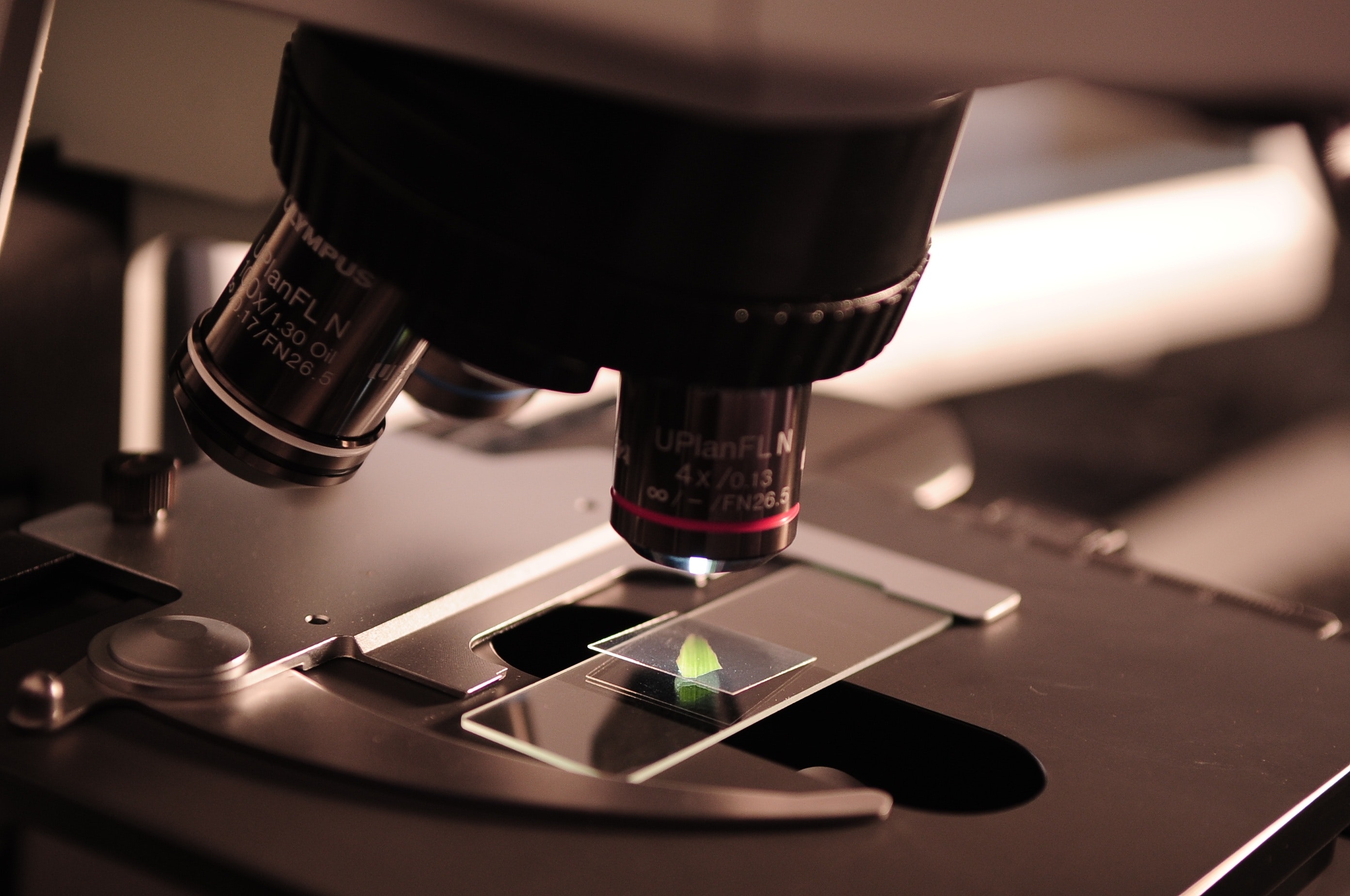- cross-posted to:
- science@lemmy.world
- cross-posted to:
- science@lemmy.world
Observations of high-energy astrophysical neutrinos have shown that they mostly originate from extragalactic sources such as active galaxies. However, gamma ray observations show bright emission from within the Milky Way galaxy, and astrophysical gamma rays and neutrinos are expected to be produced by the same physical processes. The IceCube Collaboration searched for neutrino emission from within the Milky Way (see the Perspective by Fusco) and found evidence of extra neutrinos emitted along the plane of the Galaxy, which is consistent with the distribution of gamma-ray emission. These results imply that high-energy neutrinos can be generated by nearby sources within the Milky Way.
-Editor’s summary from the Science article
So, full disclaimer, I don’t work on IceCube myself, but my PhD advisor and some of my research group members do. I do however specialize in neutrino physics and am very familiar with IceCube and other neutrino experiments. If anybody has specific questions regarding these results, neutrino astronomy, or neutrinos in general, I would be happy to answer them! If I don’t know the answer, I can ask my group members and relay their responses!
How is the IceCube team able to differentiate between neutrinos created in our own Milky Way and neutrinos from other galaxies, zipping across the Universe and through our Milky Way? Or from neutrinos created in our own Sun?
How do they tell them apart?EDIT: Nevermind, found it on another thread, courtesy of user macarthur_park from lemmy.world:
There are many other neutrino detectors that are much smaller, but those are designed for detecting lower energy neutrinos from the sun or nuclear reactors. IceCube was designed for extragalactic neutrinos with much, much higher energies which required making it so large.
To add onto that, IceCube can really only tell 3 things from the neutrinos it observes:
- Energy
- Direction
- The flavor of the neutrino (electron/tau or muon)
Most of the backgrounds from within our solar system (solar neutrinos, reactor neutrinos, etc) are way too low in energy for IceCube to even consider, so they are dead on arrival.
The next background comes from atmospheric neutrinos, which are produced when cosmic rays interact with our atmosphere, making a cascade of particles, including neutrinos (mostly muon neutrinos) at the same-ish energy as neutrinos arriving directly from space. Most of this noise is filtered out by ignoring anything coming from above the detector and instead looking at neutrinos that come up through the Earth (directional filtering). Because most atmospheric neutrinos are muon neutrinos, they also have to eliminate these from the pool, leaving only the electron/tau neutrinos.
The issue with this is that electron and tau neutrinos don’t have good directional resolution, as they both look like big blobs in the detector. Muon neutrinos, on the otherhand, produce long pointed tracks that show exactly where they came from. The unique feature of this work is that they managed to eliminate the need for using the nice tracks of muon neutrinos with a Neural Network that can figure out what direction a blob came from, removing the major background and allowing them to see the electron/tau neutrinos from the galactic center. This does lose all the muon neutrino info (about 1/3 of their potential candidates), but is worth the sacrifice as it removes their only significant backgroun source.
What you proposed, a neutrino passing through the galactic center en route to Earth, is totally possible and would likely be completely indistinguishable from the neutrinos in this study. Then it just comes down to a numbers game: How many do we expect to see from the galactic center based on our assumptions of the cosmological activity, and how many do actually see. As long as those numbers are close enough, we can assume the data isn’t being polluted by extragalactic neutrino sources. I hope this helps further clarify, it is a super cool result!
I’m wondering what the impact of “deflection by interstellar magnetic fields” really is. Describing it as “random” feels to my mind like a bit of a cop out. I understand that we’re struggling to understand what magnetic fields are, but there really ought to be some way to math it out.
So the cosmic rays they are describing being deflected are charged particles, usually protons and nuclei. As these charged particles travel through the magnetic fields, they are deflected, and some fraction of those arrive at Earth. Take into account the vastness of the interstellar space in the Milky Way and how the magnetic fields can change over this expanse. Now you have charged particles entering a massive, non-constant field region, which makes things difficult, but not impossible if you were able to perfectly model the field (which is still outside our capabilities, as we can’t even perfectly model the fields between Earth and the Sun). Add onto this the fact that cosmic rays have varied energy, velocity, mass, charge, and are being produced at random angles from their sources, you have a fundamentally randomized system with cosmic rays arriving, seemingly, from empty regions of space.
Neutrinos solve this problem, because they are neutral particles and only interact via the weak force, so they ignore electromagnetic fields and can pass through huge amounts of matter without interacting. This allows them to travel through space freely, not being scattered by dust and ignoring the magnetic fields. Previously photons were really the only way to get a picture of the stars, but now IceCube has shown that neutrinos produced when the cosmic ray interacts near its origin can do it too. I hope this answers your question!
I have to admit I had guessed this announcement by the IceCube collaboration would be that they’d identified a localized source of high energy neutrinos (and maybe even had a multi messenger signal such as correlations with gravitational waves or electromagnetic observations).
But this is cool too! They imaged the galactic plane in neutrinos using a dataset 60,000 neutrinos spanning 10 years of IceCube data.
I was hoping for the same thing, but alas. My research group members were watching the press release and thought it was a garbage livestream for such an awesome result.





